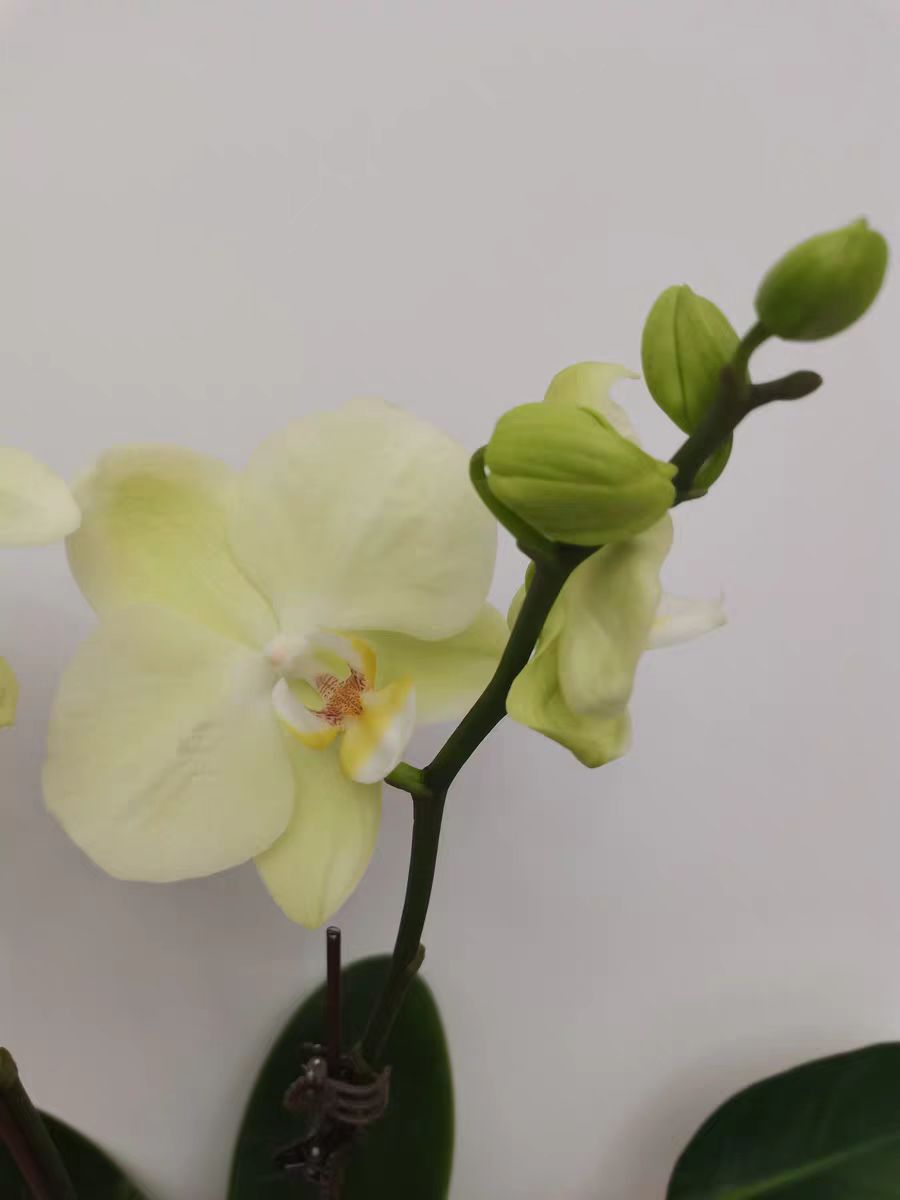As we all know, phalaenopsis has won the favor of many flower lovers with its elegant posture and flower shape that looks like dancing butterflies. However, while enjoying the beauty it brings, we may also encounter many difficulties in its maintenance. For example, the leaves become limp and weak, as if the whole plant has lost its vitality. What exactly causes this? Or is it just a natural phenomenon? Let's find out together in the following text.
Firstly, if the leaves of phalaenopsis become limp, it is usually caused by several aspects. For example, excessive watering may lead to rot, or insufficient light may result in poor photosynthesis, or insufficient nutrients of the plant may cause growth restrictions and so on. However, among the numerous reasons, improper water management is the one that is most often overlooked.
In fact, improper watering is the most common problem in raising phalaenopsis. Whether it is over-watering or under-watering, it will cause the leaves of phalaenopsis to become limp and subsequently affect its growth state. If you over-water it, its roots will easily rot, the leaves will lose their luster and become limp and weak. While if you under-water it, its leaves will wither due to lack of water and also show the limp phenomenon.
So how to solve the watering problem? Specifically, we can make flexible adjustments according to the growth stage of phalaenopsis or the seasons. Only in this way can we achieve standardized watering and keep the soil in a slightly wet state all the time. It is recommended to water it once every 2 to 3 days during the growth period in spring and summer, but the amount of water each time should not be too much. In summer, when the temperature is relatively high and water evaporates faster, it is recommended to water it once a day, but also avoid waterlogging at the bottom of the pot. In winter, when the temperature drops and phalaenopsis enters the dormant period, the amount of watering should be relatively reduced. It is recommended to water it once every 5 to 7 days and keep the soil slightly dry.
In addition, it is also necessary to pay attention to maintaining a good indoor ventilation environment, avoiding phalaenopsis being in a high-temperature and high-humidity environment for a long time. This can also effectively reduce the occurrence of pests and diseases and keep the leaves in a healthy state.
How often should the phalaenopsis be watered?

Share with
Tagged in :




Leave a Reply